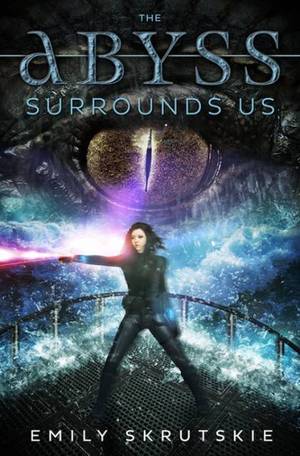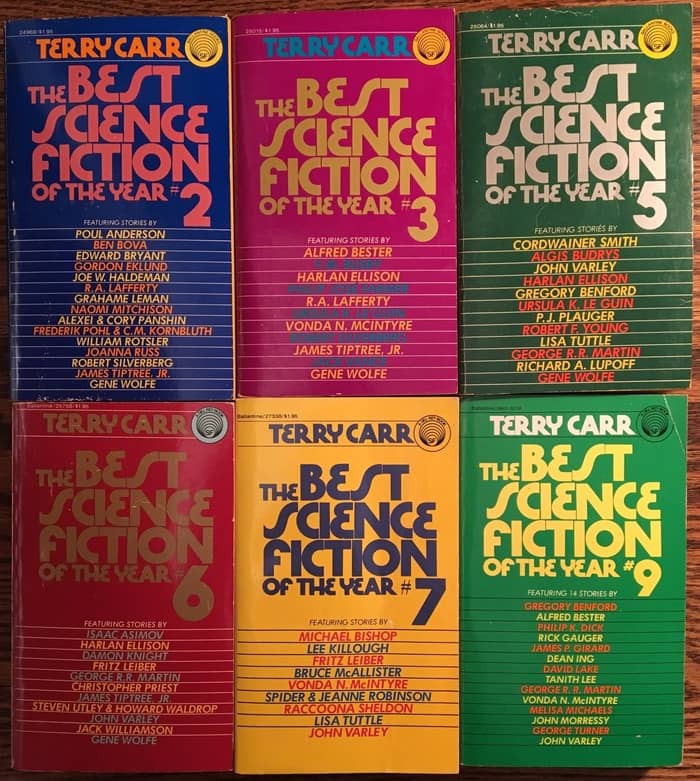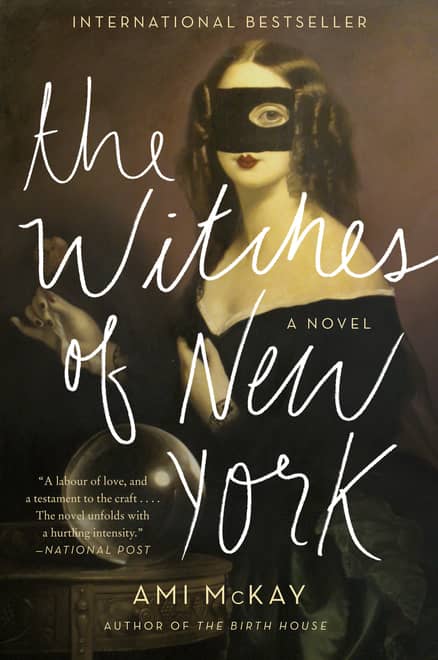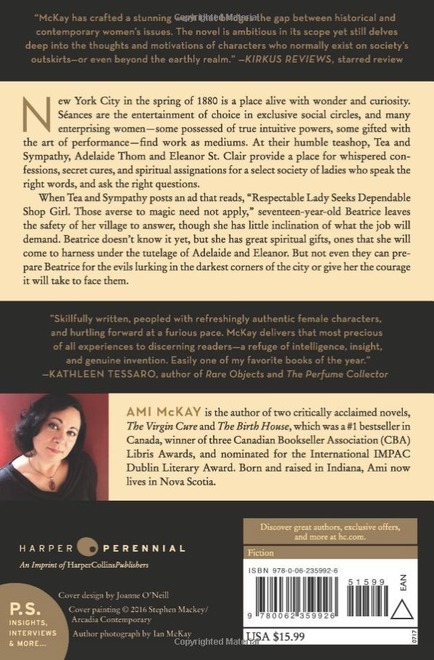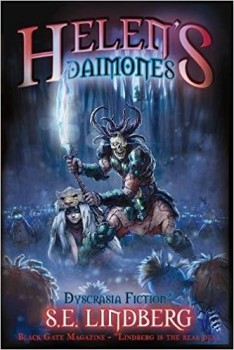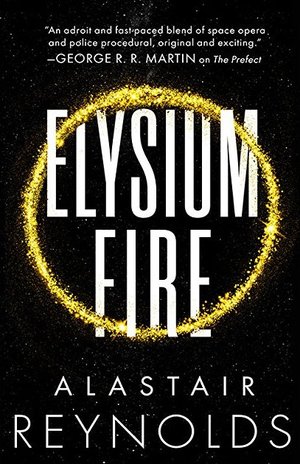Vintage Treasures: Farewell Fantastic Venus! edited by Brian W. Aldiss with Harry Harrison
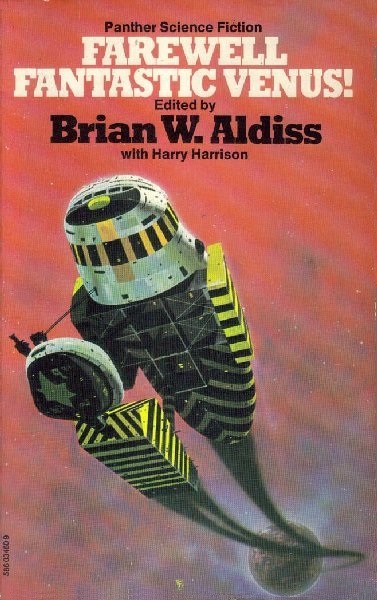 |
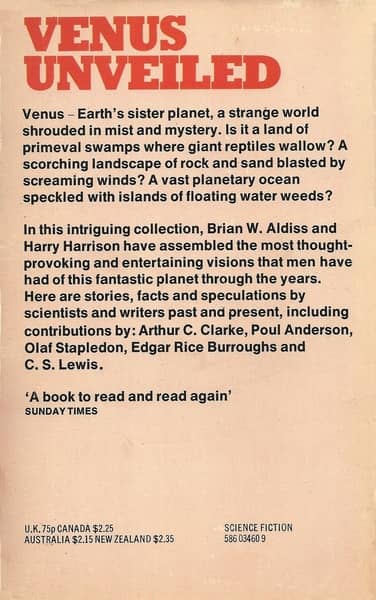 |
One of the things I love about pulp SF is its romanticized view of our solar system. The ancient canals and lost cities of Mars, the steaming dinosaur-ridden swamps of Venus. I can still remember the bitter disappointment I felt when I first learned that science had proven Venus completely inhospitable to life. It felt like the solar system had been robbed of its greatest potential for extra-planetary adventure.
Many SF writers felt very much the same way. Two recent anthologies from Gardner Dozois and George R.R. Martin, Old Mars and Old Venus, have done a splendid job re-capturing some of that old pulp magic with a generous sampling of modern tales set in retro-versions of both planets.
But they weren’t the first books to celebrate a cherished (and now obsolete) vision of our solar system. That honor probably goes to Farewell Fantastic Venus!, a 1968 anthology released shortly after the first probes reached Venus, and the hard truth was revealed. The book contains classic Venusian fiction by Arthur C. Clarke and John & Dorothy de Courcy, and two novellas by Poul Anderson, including a Psychotechnic League tale. There’s also a rich sampling of novel excerpts by Olaf Stapledon, Edgar Rice Burroughs, C. S. Lewis, and others. All that plus science articles by Frank R. Paul, Carl Sagan, Sir Bernard Lovell, Willy Ley, and others.
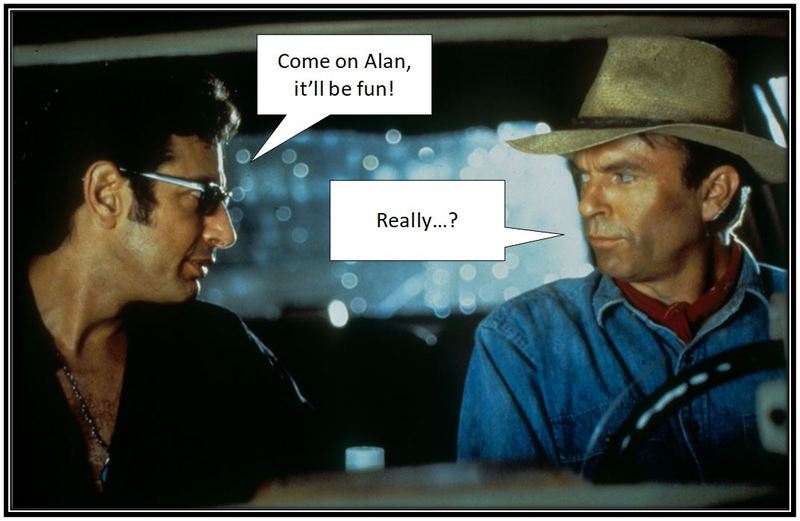

 Sunday, July 30, was going to be a big day. I had four movies I hoped to see, some of them scheduled so tightly I wasn’t sure I could get to all of them in time despite the convenient proximity of the Fantasia theatres one to another. Still, I at least knew I’d start my day in the D.B. Clarke Theatre, where I would see Geek Girls, a documentary by Gina Hara.
Sunday, July 30, was going to be a big day. I had four movies I hoped to see, some of them scheduled so tightly I wasn’t sure I could get to all of them in time despite the convenient proximity of the Fantasia theatres one to another. Still, I at least knew I’d start my day in the D.B. Clarke Theatre, where I would see Geek Girls, a documentary by Gina Hara.
